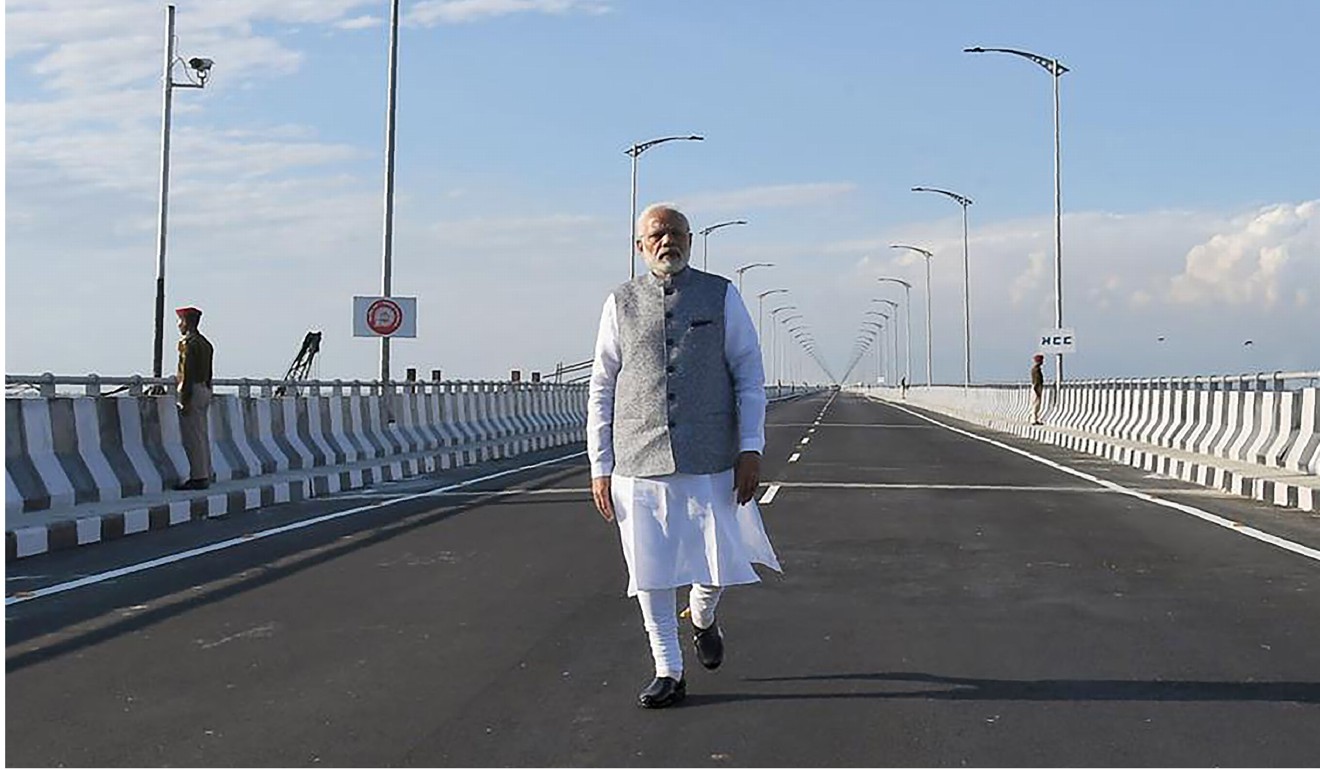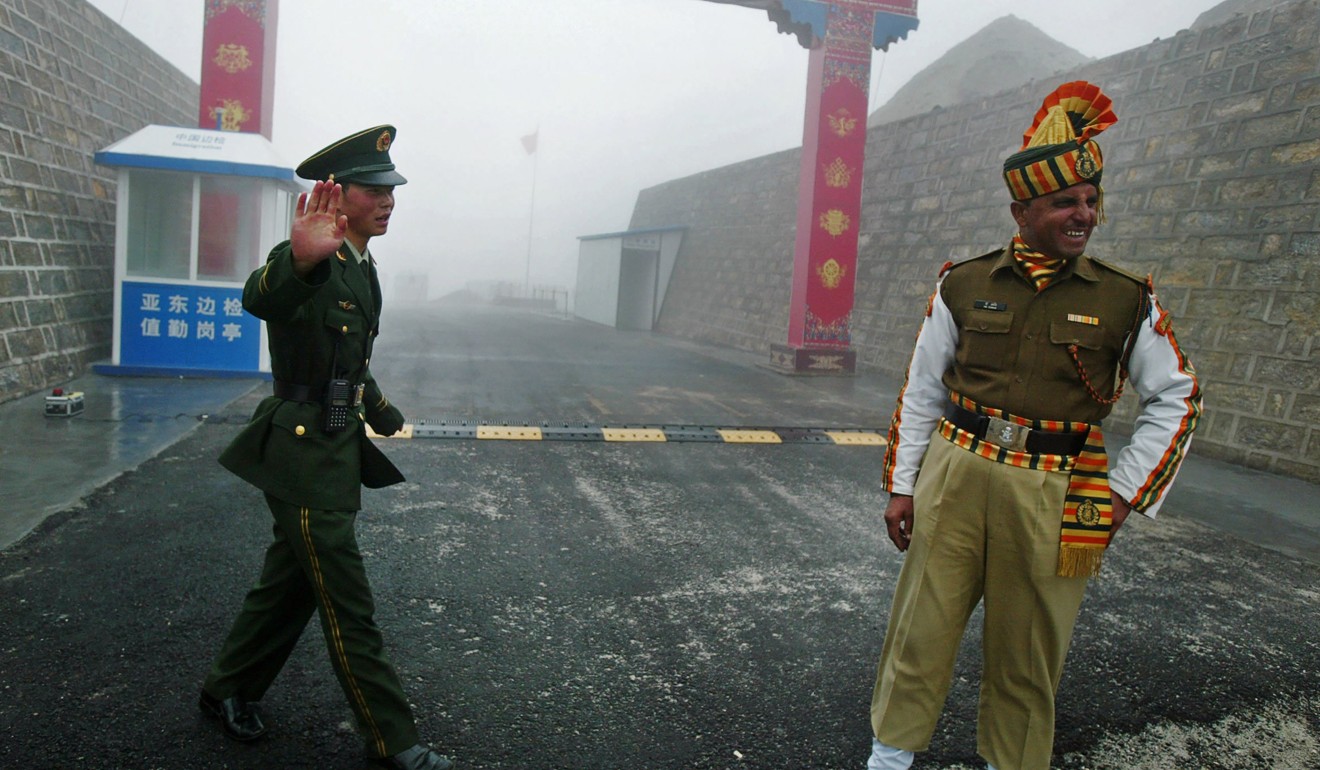
India bolsters defence on border with China by building 44 new roads
- The roads, which will be built in five states, will enable the quick mobilisation of troops in the event of conflict, government report says
- India has ignored road infrastructure along the border for decades but its 2017 spat with China in Doklam has revived its interest in the area
India will spend US$2.9 billion on 44 roads close to its border with China, to ensure quick mobilisation of troops in the event of conflict, according to a government document.
The roads will be constructed in the states of Arunachal Pradesh, Sikkim, Jammu and Kashmir, Uttarakhand, and Himachal Pradesh, according to the report by the Central Public Works Department (CPWD).
Infographic: explore the China-India border standoff
The plans are in line with a slew of infrastructure projects – that have been either fast-tracked or initiated since Prime Minister Narendra Modi took office four years ago – in India’s northeastern states that will counter Beijing’s territorial stance.

The proposal, which was approved by a cross-party parliamentary committee, is awaiting the green light from a cabinet panel led by Modi, according to the report cited by Press Trust of India.
The construction will be jointly undertaken by the CPWD, which operates under the federal ministry for housing and urban affairs, and Border Roads Organisation (BRO) – a group consisting army personnel and officers, and functions under India’s defence ministry. Some roads are already being built.
For India and China, uncertainty is the only sure thing about 2019
The road infrastructure near the 4,056km border between India and China, which comprises heavily disputed regions, has been ignored for more than five decades by India until recent months. This is due to the tensions in Doklam in 2017, during which a confrontation broke out because of China’s road construction in a critical zone.
The proposed roads along the border will allow for the quick mobilisation of troops in the region should the need arise, said one analyst.

“The project is both significant and overdue considering the Chinese build-up,” said Jayadeva Ranade, president of Centre for China Analysis and Strategy.
“There will be three notable benefits. First, this will bring connectivity, communication facilities and economic activity to border areas. Second, it will ease the military movement. Currently, it requires several days to reach remote points and that happens their patrolling.
“Third, the transfer of military equipment will be faster once the roads are in place. The transfer is presently time-consuming due to disassembling and reassembling.”
A parliamentary panel on foreign affairs last month published a scathing report on the status of roads and called for a “thorough overhaul” of the BRO.
Could China and India turn their post-Doklam thaw into a spring?
“The border road infrastructure on the India-China border is grossly inadequate … [India is] dependent on single-access routes, a risky proposition in times of conflict,” said the report. “Worse, many roads are not built to withstand military traffic. Chinese had specifically taken advantage of this in the 1962 war and therefore we ought to draw lessons from the past on this matter.”
India faced a humiliating defeat during a four-week deadly conflict in 1962 over the Himalayan border.
In December, Modi inaugurated the Bogibeel bridge, India’s longest rail and road link – a project which missed several deadlines since its inception 21 years ago – in the state of Assam with the hope of boosting defence logistics. The bridge is capable of hosting heavy battle tanks and fighter jets.
Before that, the country’s longest bridge, spanning 9.2km, connecting Assam and Arunachal Pradesh, was unveiled in 2017 to ease the transfer of tactical defence assets.

